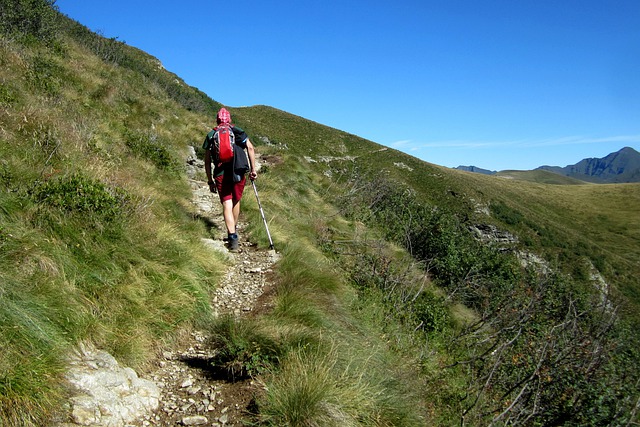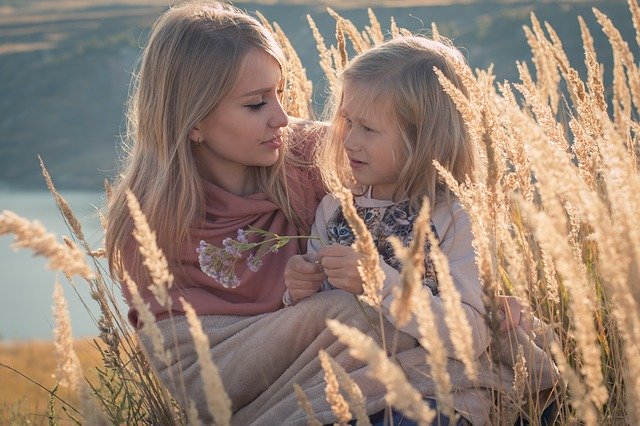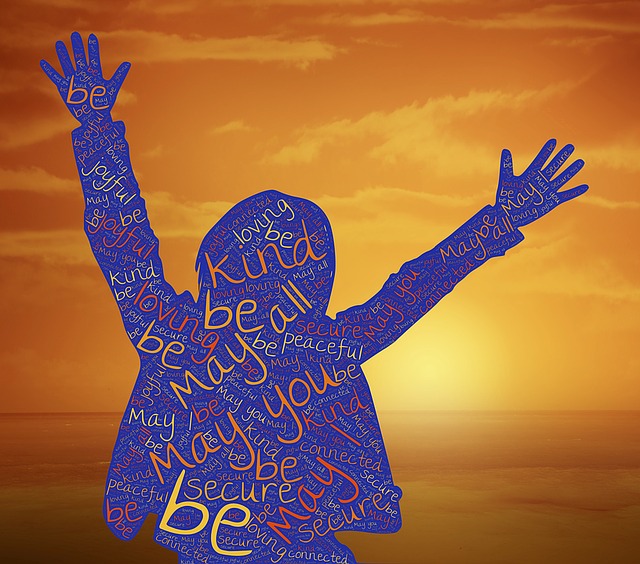Joan Halifax author, Buddhist teacher, anthropologist and Zen priest has written a profound book on what she calls the “Edge States” – “five internal and interpersonal states” that she maintains are the foundation of compassionate action and living a courageous life. They are described by her as “Edge States” because they can lead to positive living and constructive social contribution or become harmful and cause damage to others. Joan describes the Edge States in her book, Standing at the Edge: Finding Freedom Where Fear and Courage Meet. Her book covers each of the five edge states in detail – altruism, respect, integrity, engagement and empathy. In this blog post, I will address Joan’s views on empathy as an Edge State.
Empathy vs Compassion
Joan contends that empathy is not compassion. In her words, empathy is “feeling into” another – experiencing their pain and suffering. Compassion, on the other hand, is not only “feeling for” another but aspiring to take some form of action that will be of benefit to the person you are feeling for – this can be any form of compassionate action. Empathy underpins compassion and is a necessary internal state if we are to avoid becoming totally self-absorbed, small-minded or even narcissistic.
Three forms of empathy – somatic, emotional and cognitive
Joan describes three forms of empathy and illustrates them from her own life experience. The first of these is somatic empathy – where resonance with another’s suffering or pain is felt in some form of bodily manifestation. It can take the form of a strong physical sensation such as feeling punched in the stomach, feeling faint or being unsteady. Joan mentions that somatic empathy can occur on a regular basis between people who are close or in frequent contact. She mentions, for example, the uncanny ability of her mountain guide/minder in the Himalayas who became so “physically attuned” to her that he could sense if she was about to fall over and catch her to prevent it happening. Joan indicated that some people are hypersensitive to the somatic experience of others and she mentioned Dr. Joel Salinas who has what is called “mirror-touch synesthesia” – an extreme form of somatic identification that he has to consciously manage for his own preservation and the benefit of his patients.
Emotional empathy, the second form of empathy described by Joan, involves sharing the emotions being experienced by another person – becoming “inhabited by another’s feelings”. When emotional empathy is at a healthy level, it can help us to be more caring, more conscious of connectedness to others and more willing to take compassionate action. However, if we become too closely identified with the emotions of others we can tip over the edge into personal distress, burnout and “blunting” (a state where we no longer “feel for” others as a way to protect ourselves).
The third form of empathy described by Joan is cognitive empathy. This is explained in terms of “perspective taking” – in other words inhabiting the mindset or mind view of another, often described as “standing in another’s shoes”. Again this form of empathy can be enabling for ourselves as well as others or lead to our being captured by another’s way of seeing the world (as in cults or the experience of the German people at the time of Hitler). People’s propensity to adopt another’s world view can be used as a form of manipulation. However, when employed positively it involves attunement to another leading to a form of resonance. Joan illustrates this in describing an experience of being confronted by an angry Algerian soldier at the Algeria-Mali border when she was on an archaeological trip by herself. Her ability to take on his perspective, instead of “othering” him and viewing herself as a victim, enabled her to gain safe passage. Joan also recounts the story of Lieutenant Colonel Hughes and his instructions to his troops in Iraq near the holy Imam Ali Mosque to “take a knee” (and point their rifles to the ground) as a form of successful perspective taking that saved many lives when the troops were confronted by an angry crowd (who misunderstood the American’s intentions).
Over the edge – empathic distress
Empathic distress occurs when we become too identified – somatically, emotionally and/or cognitively – with another person’s suffering or pain. We lose the capacity to separate ourselves from the other person’s experience and in the process become disoriented and unbalanced. Joan describes a number of situations where she was on the edge of empathic distress but was able to recognise her response for what it was and pull back from the edge.
In one situation, involving a young girl with severe burns who had been carried by her father to the Upaya Nomads Medical Clinic in Nepal, Joan found that her own heart rate was racing and dropping, her breath was “shallow and rapid” and her skin became “cold and clammy”. She was momentarily overwhelmed with her perception of the little girl’s suffering and pain. Joan indicated that at the time her “hyper-attunement ” with the child was causing her to spiral out of control and into deep distress physically (almost fainting) and emotionally. Fortunately, through her social engagement activities (including being with the dying), she was able to draw on a process to help her restore her balance and control.
Moving away from the empathic edge – overcoming empathic distress
Joan was able to draw on a process she had developed to help people move from empathy to compassion, to move away from the edge represented by empathic distress. Her process involves the mnemonic, GRACE. This stands for:
- G – gathering our attention by refocusing on our breath or our feet on the ground (restoring our groundedness)
- R – recalling (bringing to mind again) our intention for being with the other person in their situation
- A – attuning to ourself and the other – being fully aware of our own bodily sensations and what the other person is demonstrating (in the case of the little girl, this was resilience).
- C – considering how we can serve in the situation without taking control over others or pursuing our own needs
- E – engagement and disengagement –adopting an appropriate means of engagement (e.g. engaging in a loving-kindness meditation focused on the other’s wellbeing) and being able to end the interaction when desirable to do so.
Joan makes the point that if we learn to identify empathic distress, we will be better able to manage our responses and restore our balance instead of experiencing burnout, with its physical, emotional and moral degradation. She likens empathic distress to vicarious suffering and highlights the fact that people in the helping professions and caregivers are prone to experiencing this depleted state.
Developing empathy
Joan describes four practices that support the development of empathy – attuning to our bodily sensations, (e.g., body scan), deep listening, stewarding empathy and “rehumanization”. Her description of deep listening is especially insightful and demonstrates her willingness to be with another person fully. She maintains that “really hearing another person requires us to listen with body, heart and mind” while being aware of how our personal experiences and recollections can act as filters, thus distorting the message of the other person. By stewarding empathy, Joan means that we have to be able to cope with the dilemma of our life – that we are both connected to everyone and, at the same time, separate – we cannot become totally identified with the other or we lose ourselves in the process. This requires practice and the GRACE approach is one way to develop this capacity. Lastly, rehumanization according to the work of John Paul Lederach, involves adopting a moral stance “to see the other as a person first, to see ourselves in others, and to recognise our common humanity”.
Reflection
I have experienced empathic distress on a number of occasions. In one particular instance, I was driving across the Story Bridge in Brisbane when I heard a woman on the radio talking about her suffering and grief. I can’t recall the detail of the story but I became more and more strongly identified with her emotions. I can clearly recall my somatic empathy in the form of a sense of dizziness and disorientation while driving. Fortunately, I intuitively knew to turn off the radio and refocus my attention on the act of driving the car and paying attention to the road and traffic.
On other occasions, I have experienced hyper-attunement to someone who is suffering extreme stress from working for a narcissistic manager. Because I have been involved in directly helping a manager and their unit in such a situation, I have great difficulty stopping myself from taking on another’s distress and suffering when they are in a similar situation.
Joan’s GRACE model will be particularly helpful for me in the future. As I grow in mindfulness through mindfulness meditation, reflection and mantra meditations, I can increase my self-awareness of when I am experiencing empathic distress and have the insight and courage to adopt the GRACE model so that I do not fall over the empathic edge.
________________________________
Image by Mirosław i Joanna Bucholc from Pixabay
By Ron Passfield – Copyright (Creative Commons license, Attribution–Non Commercial–No Derivatives)
Disclosure: If you purchase a product through this site, I may earn a commission which will help to pay for the site and the resources to support the blog.









